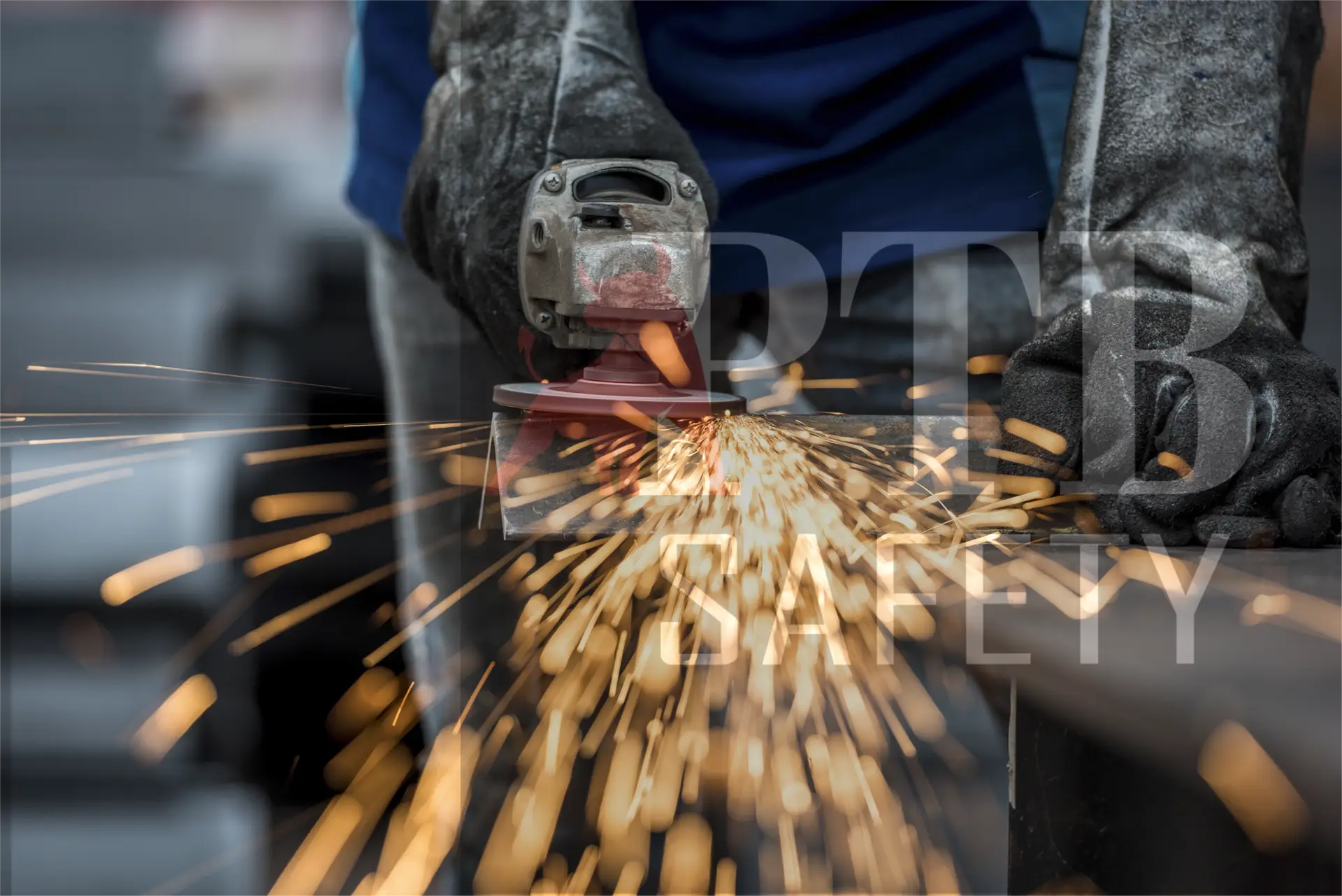When it comes to welding, protecting your hands is non-negotiable. But with various types of welding processes, how do you choose the right welding gloves that ensure both safety and comfort? This guide dives into the specifics of TIG, MIG, and Stick welding gloves and their materials, to help you make an informed decision without compromising on protection or dexterity.
Key Takeaways
- Welding gloves are specialized by the welding process—TIG gloves offer dexterity, MIG gloves are durable and comfortable, and Stick gloves provide the most robust protection.
- Material choice in welding gloves, such as leather and advanced fabrics, is essential for heat resistance, durability, and hand safety, with options like full-grain cowhide, pigskin, buffalo leather, and Kevlar threading.
Proper fit and glove sizing is crucial for performance and safety in welding operations, with custom fitting options and special features like elastic cuffs playing a significant role in ensuring a secure fit.
Exploring the Essential Varieties of Welding Gloves

Like tools in a toolbox, welding gloves are not one-size-fits-all. The essential types of welding gloves include TIG gloves, MIG gloves, and stick gloves, each offering unique features tailored to different welding processes. For instance, some gloves are versatile enough to be used for both TIG and MIG welding, but may not provide the robust protection required for stick welding. An example of such a balance between protection and cost-effectiveness is the Miller A5 Cut Resistant MIG and TIG gloves, known for their grain goatskin palms and split cowhide back and cuffs.Now, let’s delve deeper into the nuances of these glove types and understand the role of materials, fit, and care in ensuring your hands are well-protected and comfortable during all your welding tasks.


